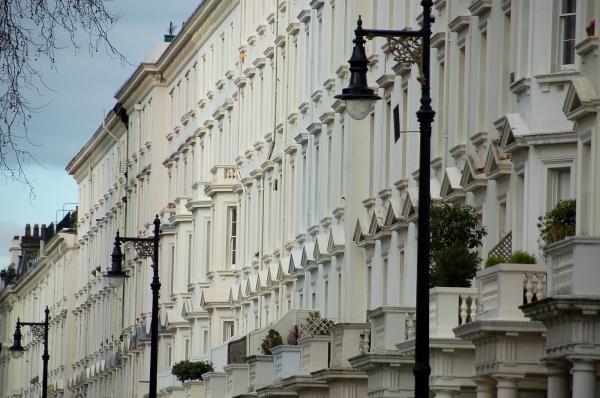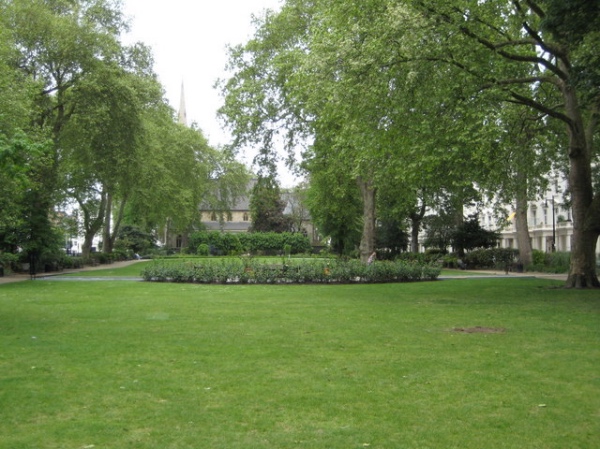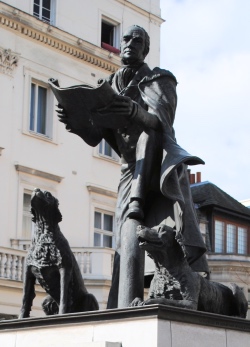This rather long square in Pimlico was laid out in the mid-19th century and is, like the church parish in which it stands (St George Hanover Square), named after the patron saint of England.
Development of the area, owned by the Marquess of Westminster, was underway by 1835 and by the early 1840s, the formal square had been laid out. The construction of homes – and the lay-out of the square itself – was supervised by Thomas Cubitt and the first residents moved in the 1850s.
The north end of the square is home to the Church of St Saviour, designed by Thomas Cundy the Younger and constructed in 1864, which shields the remainder of the square from Lupus Street.
The square, now looked after by the City of Westminster, was apparently popular thanks to its being the only residential square open to the Thames (across Grosvenor Road. Until 1874, it had its own pier for watercraft to pull up to.
Famous residents in the square include Bram Stoker, author of Dracula, who died at number 26 in 1912, author Dorothy L Sayers, albeit briefly, and Nobel laureate and scientist Francis Crick, who lived at number 56 between 1945 and 1947.
The Thames is located opposite the square’s southern end, across Pimlico Gardens. The gardens feature a statue of MP William Huskisson, the first person to be run over and killed by a railway engine. The work of John Gibson, the Grade II-listed statue, which depicts Huskisson in Roman dress, is a copy of one which was originally placed in Huskisson’s mausoleum in St James’s Cemetery. It first stood in Liverpool Customs House but Gibson wasn’t satisfied with the location so it was moved to the office of Lloyds of London in the Royal Exchange and then again to its current location in 1915.
PICTURE: Top – Homes in St George’s Square (James Stringer/licensed under CC BY-NC 2.0); Below – The north of the square looking towards St Saviour Church (Philip Halling/licensed under CC BY-SA 2.0)





